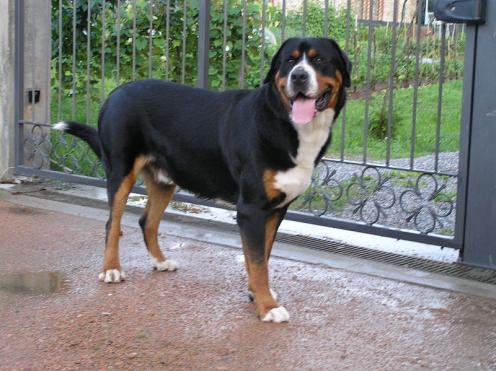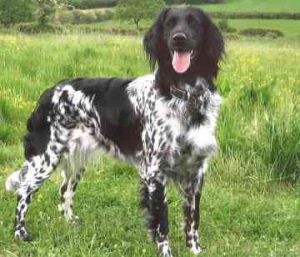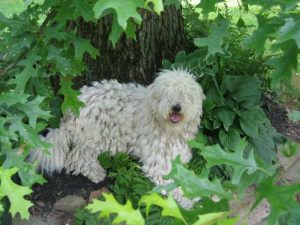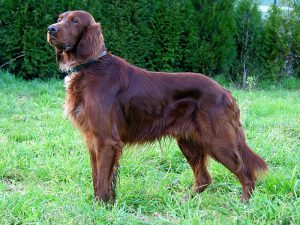Greater Swiss Mountain Dog
Greater Swiss Mountain Dog Rescue Join Us Now

-
Breed Group : WORKING
-
Origin : SWITZERLAND
-
Average Height : 23" - 28"
-
Average Weight : 85 - 145 lbs.
-
Life Span : 7 - 9 years
Photo Courtesy info :Greater Swiss Mountain Dog Rescue Fndtion
-
Size
1 2 3 4 5 6 7 8 9 10 -
Energy
1 2 3 4 5 6 7 8 9 10 -
Intelligence
1 2 3 4 5 6 7 8 9 10 -
Ease of Training
1 2 3 4 5 6 7 8 9 10 -
Hypo-Allergenic
1 2 3 4 5 6 7 8 9 10 -
Shedding
1 2 3 4 5 6 7 8 9 10 -
Good with Kids
1 2 3 4 5 6 7 8 9 10 -
Good with Other Pets
1 2 3 4 5 6 7 8 9 10 -
Guard Dog
1 2 3 4 5 6 7 8 9 10








